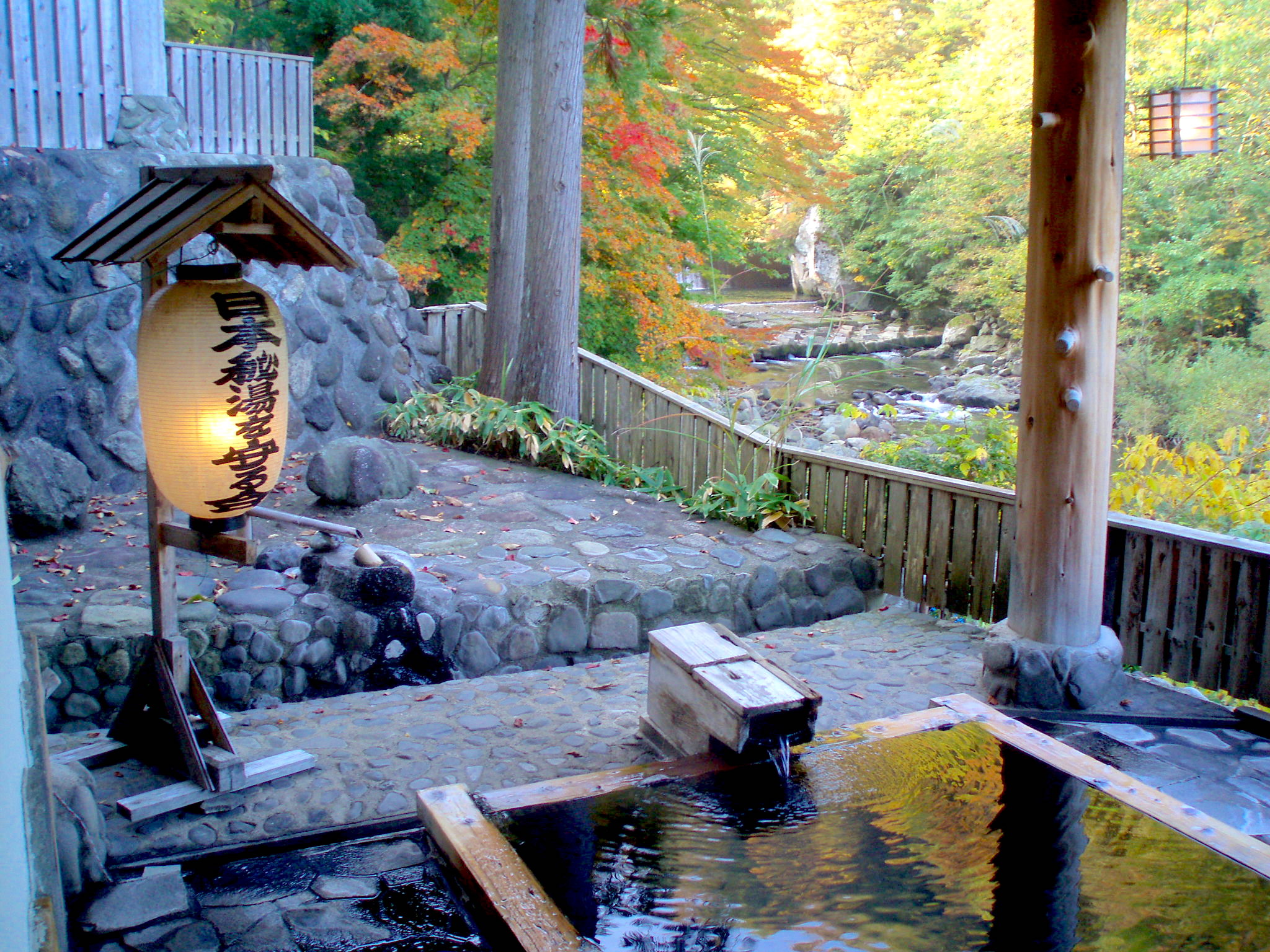Kaiseki embodies the fundamental concepts in washoku, such as the attention to the seasons, and the emphasis on using natural local ingredients to create an eating experience that is not only delicious, but also demonstrates how preparation and execution of a meal can be an art form.
Read MoreWhile the term literally means "Japanese food," in reality the term refers to a much broader and important cultural concept. In 2013, washoku was actually added to UNESCO's list of intangible cultural heritages. The organization's explanation of washoku reveals why it is so much more than food, and why it deserves to be enshrined as an invaluable part of world culture.
Read MoreWhen asked to explain in simple terms who Kitaoji Rosanjin is, you’ll struggle to find words to summarize the numerous and varied artistic accomplishments of someone with such an illustrious career.
Read MoreWhen people are asked to think of a food or drink they associate with Japan, one of the first things that comes to mind is none other than sake, Japan's national beverage. Global consumption of sake has been growing steadily in recent years, and people around the world are coming to recognize its distinct qualities.
Read MoreJapan’s emphasis on the natural form also has a significant influence on its gardens. While the idea of gardens was originally brought to Japan from China, over time it has evolved into an irreplaceable aspect of Japanese culture.
Read MoreAlthough koi are the national fish of Japan, they are not a native species —they were brought to Japan from China in the 1st Century A.D. as a source of food. In fact, the earliest record of koi farming traces back to China in the 5th Century B.C. Koi has since spread its fins beyond Japan and is now loved by people around the world.
Read MoreThe word kimono (着物) was historically used as a general term to describe clothing, as it literally translates as “something to wear.” Today, the term specifically refers to the long garments that have become popularly recognized throughout the world as a symbol of Japanese traditional clothing.
Read MoreThe Mingei Movement focuses on the overlooked beauty of art and crafts made by average people that are practical and used in daily life. Mingei can also be seen as a response to Japan's rapid industrialization, as it elevates things made in large quantity by the hand's of the common people, rather than in a factory.
Read MoreJapanese lacquerware and lacquerware production is known as urushi (pronounced “oo-roo-shee”). It is a word that can also refer to the lacquer itself, which is harvested from the sap of the urushi tree (lacquer tree). It culminates the beauty and elegance of Japanese aesthetics into practical objects, and it can be regarded as the pinnacle of Japanese craftsmanship.
Read MoreIf you are planning a visit to Japan and wish to experience one of the heights of Japanese luxury and culture, including a trip to an onsen is highly recommended. Onsen (温泉) are naturally-occurring hot springs that are found throughout the island nation. Onsen are an incredibly relaxing way to enjoy one of Japan’s oldest and most popular traditions.
Read MoreDo you remember making your first paper airplane or paper crane? Although commonly known in Japan today as a childhood pastime, origami (折り紙) has evolved into a major medium for artistic expression, with leading artists transforming simple geometric shapes into awe-inspiring imaginative forms.
Read MoreThere is something really exciting about taking a shapeless substance and transforming it into something unique, dynamic and brilliant. Perhaps this explains why, for thousands of years, extremely skilled and inspiring Japanese artisans have been transforming clay and other natural substances into extraordinary works of art.
Read MorePleasure was serious business in 18th century Japan. It was so serious that even an expression was created to reflect its growing significance at the height of the Edo period (1615-1868). Ukiyo (“the floating world”) describes the hedonistic tastes and pleasure-seeking ambitions of the rising merchant class (chonin) in Edo (modern day Tokyo) and Kyoto.
Read MoreThe art of bonsai has existed for well over a thousand years. In China, the art of creating miniature landscapes, called penjing, has mythological origins dating back to as early as the 3rd century AD. The process of growing miniature trees from source specimens is thought to have begun in Japan in the 7th century AD when Japanese Buddhists returning from China brought source plantings back with them.
Read MoreSoft, translucent, and durable, traditional Japanese paper, called washi (“wa” literally means Japanese and “shi” means paper) boasts a history of over 1300 years and is still very much a part of daily life in Japan. In fact, Washi was registered as a UNESCO Intangible Cultural Heritage in November of 2014. What makes this type of paper unique and loved both in Japan and around the world?
Read MoreShodō (Japanese calligraphy) is not merely an form of art, but a way of life, complete with its own set of philosophies. In Japan, shodō is practiced by people of all ages and occupations, from primary school students to the elderly. As a long lived Japanese tradition deeply integrated in the everyday lives of the people, Shodo offers a unique window in Japan's profound culture and long lasting philosophies.
Read More
















